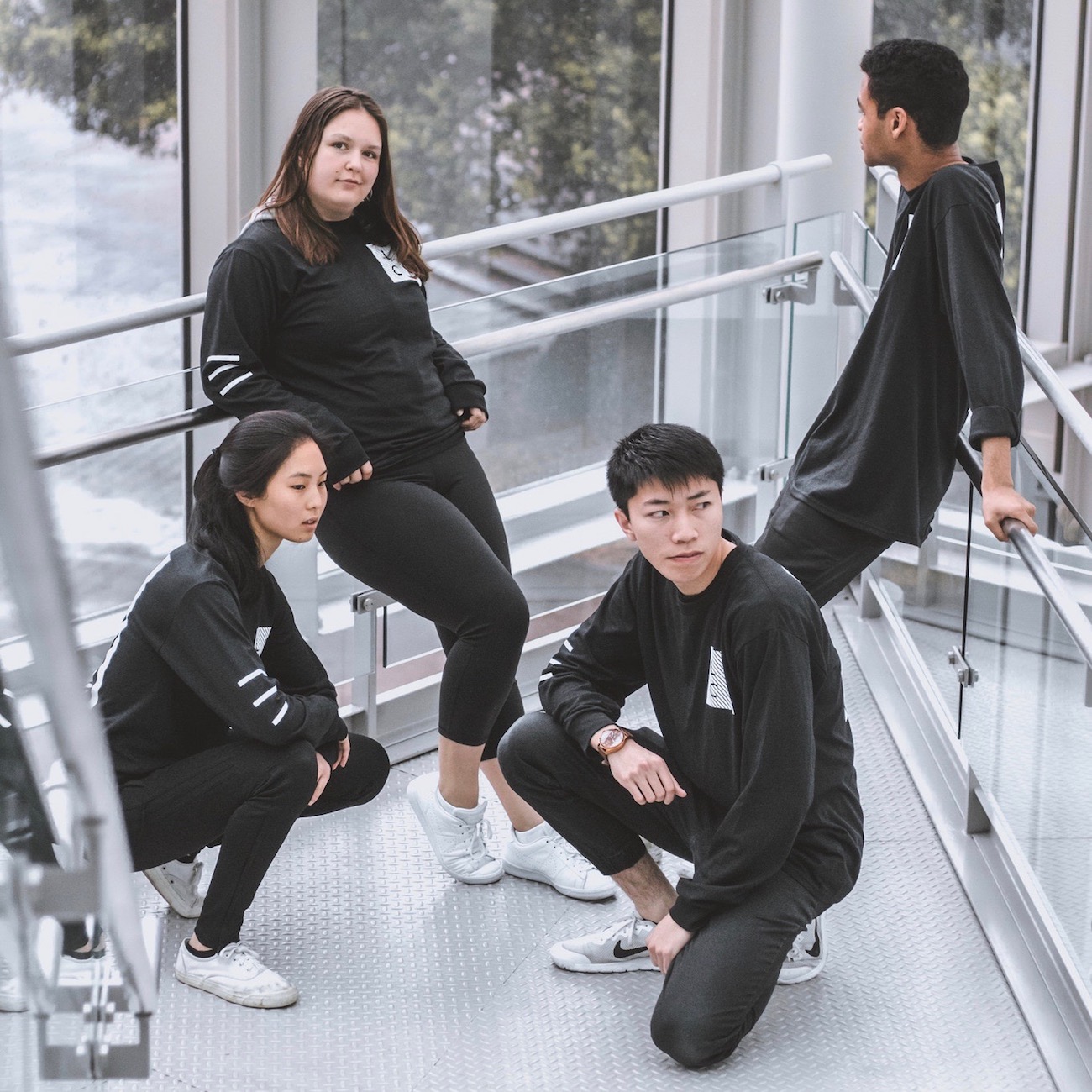Founded in the fall of 2016, Legacy is Stanford’s only competitive choreography dance team. Although I was invited to be a part of the team’s original roster, I declined that year in order to focus on my leadership roles for Common Origins. It was a tough decision, but I made myself a promise: I would use my year on CO to focus on building community and helping others grow (in the same way other choreographers did for me when I first joined the team), and the following year I would prioritize my own growth and audition for Legacy. Fast foward to my senior year, and that’s exactly what I did. Dancing with Legacy was one of the highlights of my final year as an undergrad, and my positive experience with the team was heavily influenced by three factors.

First, Legacy provided me with an amazing community of people who are not just fellow performers but also friends. This is evident in the team’s many social events, which range from freestyle cyphers and movie nights to kickbacks and late-night food funs. Legacy’s openness also helps it stand out in the Stanford Dance Community: we’re open to people of all genders, and we’re the only audition team on campus that accepts community members. Thus, friendships on the team connect those of different academic interests and dance backgrounds as well as people who are at different stages in life.

The second reason Legacy stands out is because of its commitment to growth. The team was founded upon a philosophy of humility and improvement, and it’s no coincidence that all three founders came from Common Origins, Stanford’s only non-audition choreography team. Legacy takes its training seriously, and we set aside time each quarter to focus on physical conditioning, learning from outside teachers, and drilling fundamentals.
I also appreciate how the team cultivates personal growth: activities like dance buddies and dancer check-ins help to onboard new members as well as guide returning members on how they can continue to improve. And through team discussions about the history of different styles and their intersections with race and social issues, Legacy encourages its members to learn from and engage with communities outside of Stanford.

Perhaps the biggest reason why I decided to join Legacy was to be able to compete. To reiterate, Legacy is Stanford’s only competitive choreography dance team, which is not to be confused with an audition team, whose members go through a try-out process to join. Rather, Legacy is competitive because it travels off-campus to compete against other collegiate and community teams at events such as World of Dance and Evolution. These competitions push our team creatively, which you can see in not just our choreography and formations but also in our themed sets.
Basically, as opposed to building performances of four or five random, strung-together pieces, the past few years Legacy has focused on building sets that tell a story or have some sort of unifying message. For example, our performances from the 2017–18 season focused on office workers struggling to escape from their everyday lives, Nintendo Wii characters battling for glory, and a one-song set featuring “Bank Account” by 21 Savage.

As an Artistic Director for the 2019 competition season, I led the team in building a set to raise awareness of Alzheimer’s and explore the nuances and challenges of the patient-caregiver relationship. Taking on such a serious theme turned out to be an immense task that challenged the team physically, mentally, and emotionally and at times pushed me to question my abilities as a leader. Despite these difficulties, I will never forget how the entire team rallied during the week leading up to the performance. We had member-led discussions to better understand the issues we were portraying and how we connected to them personally; we made significant changes to our choreography and music to better align with the message we hoped to communicate; we sought the advice of medical experts who helped us to be more intentional about the story we were telling. Though there’s a lot I would do differently if I had a second chance at that set, I recognize that I grew a lot from the process, and I couldn’t be more proud of the final performance we crafted, which received positive feedback from audience members and judges alike.